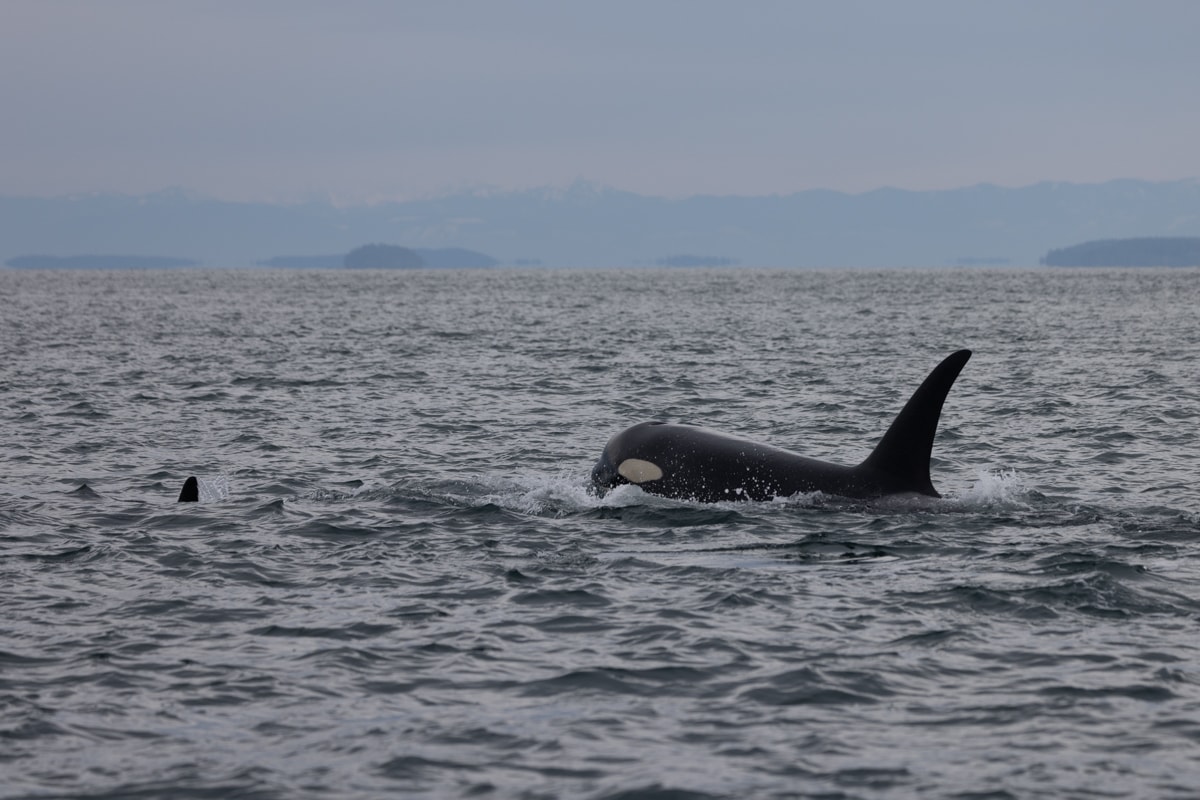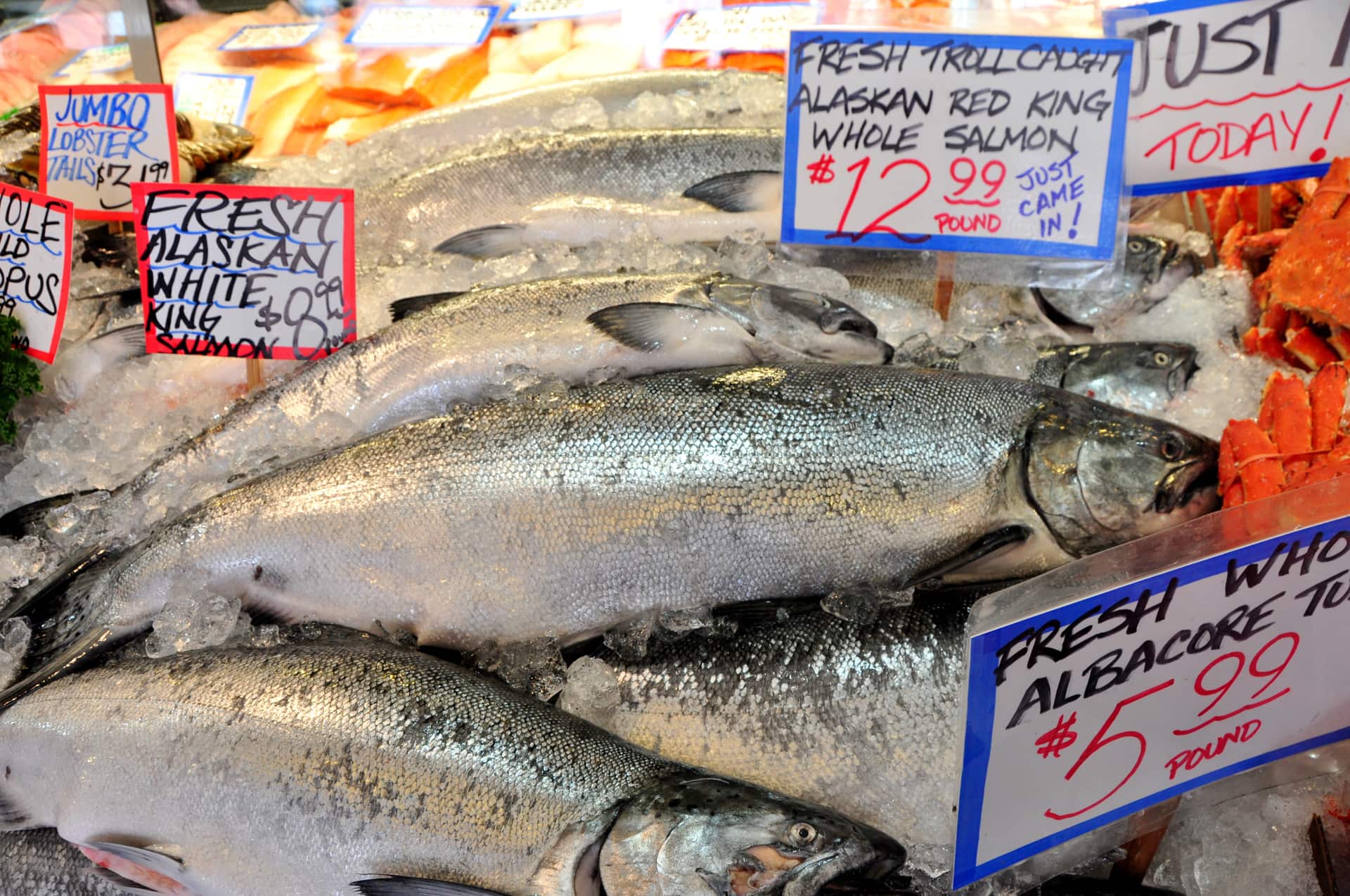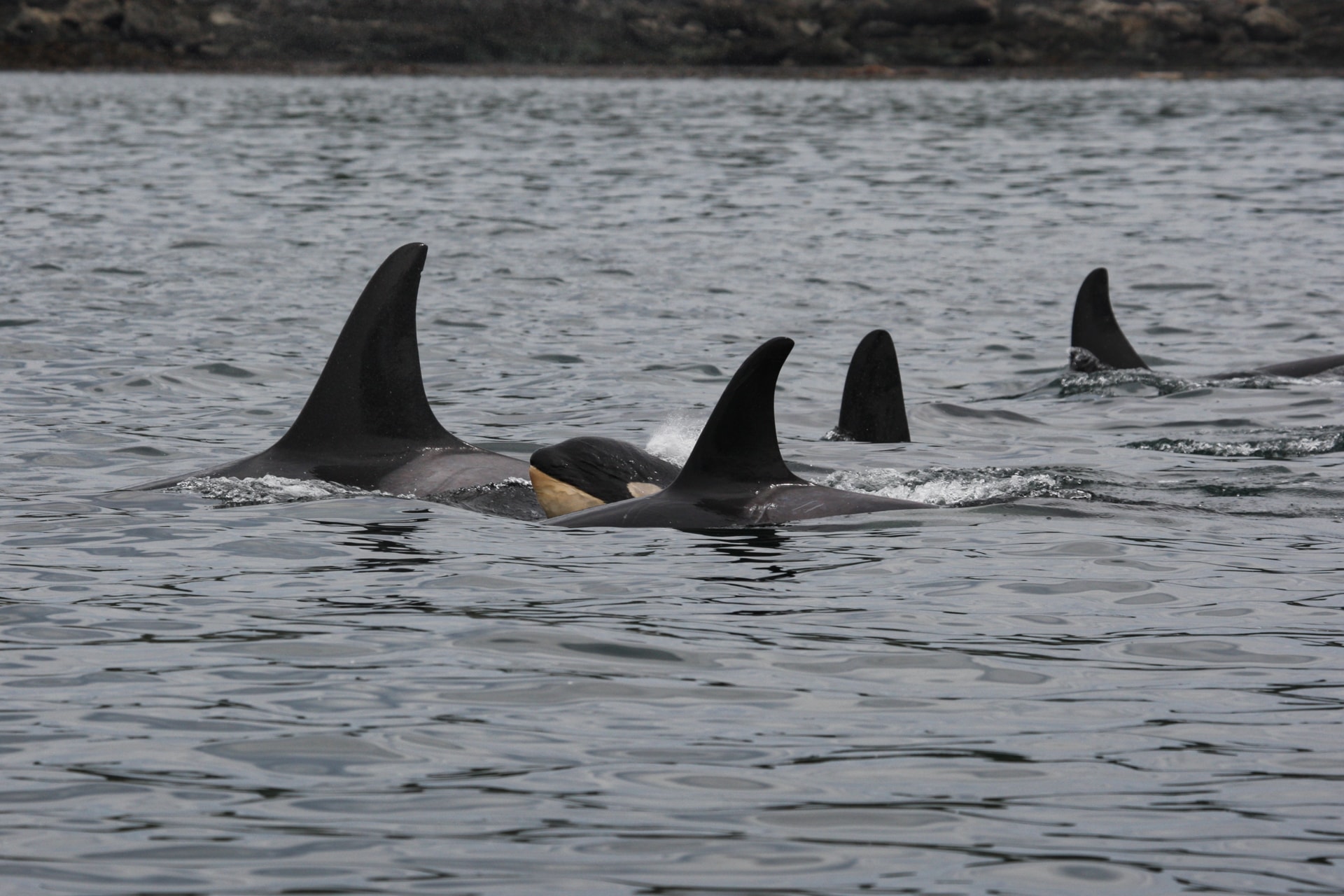
In 2019, under threat of legal action, NOAA Fisheries undertook an 18-month process to review the impact of west coast Chinook fisheries on the Southern Resident killer whales.
In a historical precedent, they ultimately conceded that the whales’ prey needs must be considered when setting catch limits. A change to the rules specified that when fishery managers predict Chinook numbers will fall below a set threshold, actions would automatically be triggered to limit ocean fishing the following season, leaving more Chinook available as prey for endangered killer whales.
This change, known as Amendment 21 of the Pacific Coast Salmon Fishery Management Plan, was made effective on August 31, 2021. Yet on November 4, 2022, NOAA Fisheries proposed to reduce this threshold by one-third—from 966,000 fish to 623,000.
Without public consultation, environmental assessment, or any of the rigor that preceded the publication of Amendment 21, the government has simply changed the rules. In so doing, significantly decreasing the likelihood that Chinook fishing off Washington and Oregon will be limited in future years to provide more feeding opportunities for starving killer whales.

Decisions and recommendations made by the PFMC directly impact Southern Resident killer whales and often prioritize commercial fisheries.
Yet in August this year, a District Judge found that NOAA Fisheries violated the law under the Endangered Species Act by continuing to allow fishing for Chinook in Southeast Alaska—despite the known harm to the Southern Resident killer whales. NOAA’s latest decision to change the rules it made just a year ago makes a mockery of the court’s findings and will undoubtedly lead to legal challenges. Meanwhile, the whales’ wait time for a place at the table gets ever longer.
Such short-termism risks the future for all, including fisheries.
Now, where’s the win in that?





